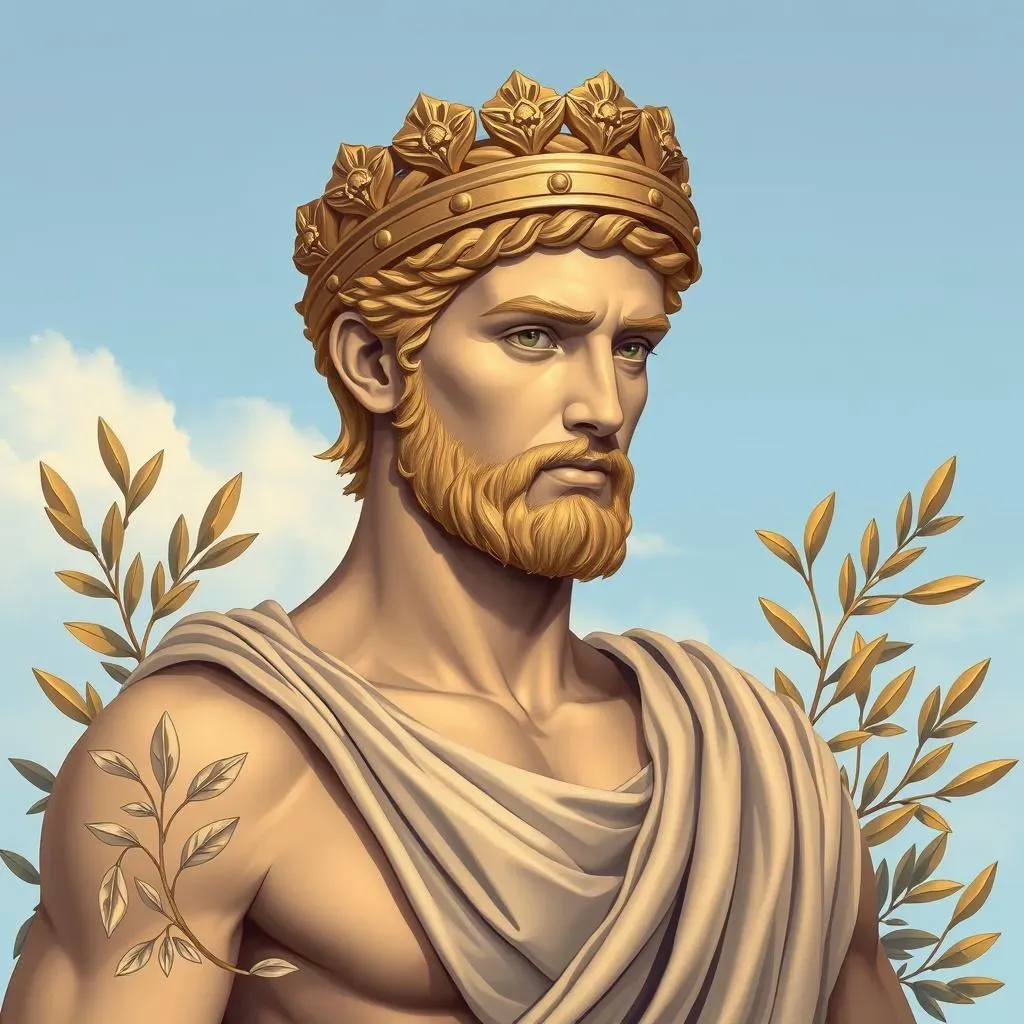Table of Contents
Welcome to our exploration of the étymologie de calisthenics, a term that has fascinated fitness enthusiasts and linguists alike for centuries. The word "calisthenics" has its roots in Ancient Greece, derived from the words "kállos" meaning beauty and "sthénos" meaning strength. This combination reflects the holistic approach of calisthenics, which aims to cultivate both physical strength and aesthetic movement. As we delve into the étymologie de calisthenics, we will uncover the historical context, evolution, and modern applications of this unique blend of exercise and art. From its origins in ancient Greek gymnastics to its current popularity in bodyweight training and urban parks, calisthenics has come to represent a way of life that emphasizes grace, power, and self-expression. Join us on this journey through time as we unravel the fascinating story behind the étymologie de calisthenics and discover how its principles continue to inspire individuals around the world.
Introduction to Étymologie de Calisthenics

Introduction to Étymologie de Calisthenics
Uncovering the Origins
The term "calisthenics" has been a cornerstone of fitness and physical culture for centuries, yet its étymologie remains shrouded in mystery for many. Derived from the Ancient Greek words "kállos" (beauty) and "sthénos" (strength), calisthenics embodies the perfect union of aesthetic movement and physical power. This unique blend has captivated individuals from all walks of life, inspiring a journey of self-discovery and empowerment.
As we embark on this exploration of étymologie de calisthenics, it's essential to understand the historical context in which the term emerged. Ancient Greek gymnastics, which emphasized the development of strength, agility, and beauty, laid the groundwork for the modern concept of calisthenics. The word itself is a testament to the enduring legacy of Greek culture, where physical fitness was not only a means to achieve health but also an art form.
Ancient Greek Influence | Modern Interpretation | Calisthenics Application |
|---|---|---|
Gymnazo (γυμνάζω) - to exercise naked | Bodyweight training, minimal equipment | Strength, flexibility, coordination |
Kállos (κάλλος) - beauty | Aesthetic movement, grace | Dance, gymnastics, performance |
Sthénos (σθένος) - strength | Physical power, resilience | Calisthenics exercises, progressive overload |
Evolution and Principles
Calisthenics has evolved significantly since its inception, adapting to the needs and preferences of different eras. From its early beginnings as a form of gymnastics to its current popularity in urban parks and fitness studios, the core principles of calisthenics have remained relatively consistent. These principles include:
- Progressive overload: Gradually increasing the intensity of workouts to build strength and endurance.
- Functional movement: Exercises that mimic daily activities and improve coordination.
- Bodyweight training: Using one's own weight as resistance to build strength.
- Aesthetic awareness: Cultivating grace and control in movement.
These principles have been refined over time, incorporating various training methods and philosophies. However, the étymologie de calisthenics remains deeply rooted in its Greek origins, reflecting a profound appreciation for the interconnectedness of physical and aesthetic development.
Modern Applications and Inspiration
In the modern era, calisthenics has inspired a wide range of activities, from street workouts and parkour to dance and performance art. Its emphasis on functional strength, agility, and creativity has resonated with individuals seeking a holistic approach to fitness. As we explore the étymologie de calisthenics, we find that its influence extends far beyond the realm of physical exercise, touching upon art, culture, and personal expression.
Whether you're a fitness enthusiast, an artist, or simply someone looking to embark on a journey of self-improvement, the étymologie de calisthenics offers a rich tapestry of inspiration and guidance. By embracing the principles of calisthenics, individuals can cultivate not only physical strength but also a deeper appreciation for the beauty and elegance of movement.
Understanding the Roots of Calisthenics: Ancient Greek Influence

Understanding the Roots of Calisthenics: Ancient Greek Influence
The étymologie de calisthenics is deeply rooted in Ancient Greek culture, where physical fitness was not only a means to achieve health but also an art form. The word "calisthenics" itself is derived from the Greek words "kállos" (beauty) and "sthénos" (strength). This union of beauty and strength reflects the holistic approach of calisthenics, which aims to cultivate both physical power and aesthetic movement.
In ancient Greece, gymnastics played a central role in the development of the body and mind. The Greeks believed that physical exercise was essential for the cultivation of arete (virtue), which encompassed not only physical prowess but also moral and intellectual excellence. Gymnazo (γυμνάζω), the Greek term for exercise, literally means "to train naked," emphasizing the importance of natural movement and minimal equipment.
Ancient Greek Term | Meaning | Modern Calisthenics Application |
|---|---|---|
Gymnazo (γυμνάζω) | To exercise naked | Bodyweight training, minimal equipment |
Kállos (κάλλος) | Beauty | Aesthetic movement, dance, gymnastics |
Sthénos (σθένος) | Strength | Progressive overload, strength training |
These ancient Greek concepts have evolved over time, influencing the development of modern calisthenics. By understanding the étymologie de calisthenics and its roots in Ancient Greek culture, we can appreciate the depth and richness of this holistic approach to fitness and physical expression.
- Physical strength and endurance
- Aesthetic awareness and movement
- Mental toughness and discipline
As we continue to explore the étymologie de calisthenics, we find that its principles extend far beyond the physical realm, touching upon art, culture, and personal growth. Whether you're a fitness enthusiast or simply someone looking to cultivate a deeper appreciation for movement and beauty, the roots of calisthenics in Ancient Greek culture offer a profound source of inspiration.
Étymologie de Calisthenics in Modern Times: Evolution and Applications

Étymologie de Calisthenics in Modern Times: Evolution and Applications
Modern Applications of Calisthenics
In modern times, the étymologie de calisthenics has evolved to encompass a wide range of physical activities and training methods. From its origins in Ancient Greece, calisthenics has adapted to the needs and preferences of different eras, incorporating various forms of exercise and movement. Today, calisthenics is not only a system of physical training but also a way of life that emphasizes holistic development and self-expression.
The modern applications of calisthenics can be seen in various forms, including bodyweight training, street workouts, parkour, and dance. These activities share a common thread - they all emphasize functional strength, agility, and aesthetic movement. Whether you're a fitness enthusiast or an artist, calisthenics offers a unique approach to cultivating physical and mental well-being.
Modern Calisthenics Discipline | Description | Benefits |
|---|---|---|
Bodyweight Training | Using body weight as resistance for strength and flexibility | Improved strength, flexibility, and coordination |
Street Workouts | Outdoor training using urban infrastructure (e.g., bars, stairs) | Increased strength, endurance, and mental toughness |
Parkour | Movement discipline that emphasizes efficiency and fluidity | Enhanced agility, speed, and overall physical fitness |
Dance and Movement Arts | Expressive movement that combines strength, flexibility, and grace | Improved coordination, creativity, and self-expression |
Evolution of Calisthenics Training Methods
Over time, calisthenics training methods have evolved to incorporate various philosophies and techniques. From progressive overload to functional movement, modern calisthenics emphasizes a holistic approach to fitness. This evolution is a testament to the versatility and effectiveness of calisthenics in achieving physical and aesthetic goals.
- Progressive Overload: Gradually increasing the intensity of workouts to build strength and endurance.
- Functional Movement: Exercises that mimic daily activities to improve coordination and practical strength.
- Bodyweight Training: Using one's own weight as resistance to build strength and flexibility.
- Aesthetic Awareness: Cultivating grace and control in movement through practice and discipline.
These modern training methods are designed to help individuals achieve their fitness goals while embracing the artistic and cultural aspects of calisthenics. By incorporating these principles into your workout routine, you can experience the transformative power of calisthenics for yourself.
Conclusion: The Enduring Significance of Étymologie de Calisthenics

Conclusion: The Enduring Significance of Étymologie de Calisthenics
As we conclude our journey through the étymologie de calisthenics, it's clear that this term encompasses far more than just a system of physical exercises. It represents a philosophy that combines strength, beauty, and self-expression, inspiring individuals to cultivate a deeper connection with their bodies and the world around them. From its ancient Greek roots to its modern applications, calisthenics has evolved into a holistic approach to fitness and art, offering a unique path to personal growth and empowerment.
Core Principles of Calisthenics | Physical Benefits | Mental and Emotional Benefits |
|---|---|---|
Progressive Overload | Increased Strength and Endurance | Enhanced Mental Toughness and Discipline |
Functional Movement | Improved Coordination and Practical Strength | Increased Confidence and Agility |
Bodyweight Training | Increased Flexibility and Body Awareness | Enhanced Self-Esteem and Body Positivity |
Aesthetic Awareness | Improved Grace and Control in Movement | Cultivated Creativity and Self-Expression |
The étymologie de calisthenics serves as a reminder of the transformative power of movement and physical expression. By embracing the principles of calisthenics, individuals can unlock their full potential, cultivating not only physical strength but also mental toughness, creativity, and a deeper appreciation for the beauty of human movement. Whether you're a seasoned athlete or just beginning your fitness journey, the enduring significance of étymologie de calisthenics invites you to embark on a path of discovery and growth, where every movement is an opportunity to express yourself and connect with the world around you.
- Embrace Progressive Overload to Build Strength and Endurance
- Practice Functional Movement for Improved Coordination and Practical Strength
- Incorporate Bodyweight Training for Increased Flexibility and Body Awareness
- Cultivate Aesthetic Awareness for Enhanced Creativity and Self-Expression
As we move forward, let us carry the étymologie de calisthenics with us, inspiring a new generation of individuals to embrace the beauty and strength that lies within. By honoring the roots of calisthenics while embracing its modern applications, we can create a brighter, more empowered future - one movement at a time.
Conclusion: The Enduring Legacy of Étymologie de Calisthenics
In conclusion, the étymologie de calisthenics offers a captivating glimpse into the evolution of physical culture and the human pursuit of beauty and strength. From its ancient roots to its modern interpretations, calisthenics has consistently represented a harmonious blend of art and athleticism. As we reflect on the journey of this term, we are reminded of the importance of understanding the past to appreciate the present. Whether you are a historian, a fitness enthusiast, or simply someone intrigued by the intersection of language and culture, the étymologie de calisthenics has something to offer. By embracing the principles of calisthenics—beauty, strength, and self-expression—we can cultivate a deeper appreciation for the transformative power of movement and the enduring legacy of this timeless concept.
